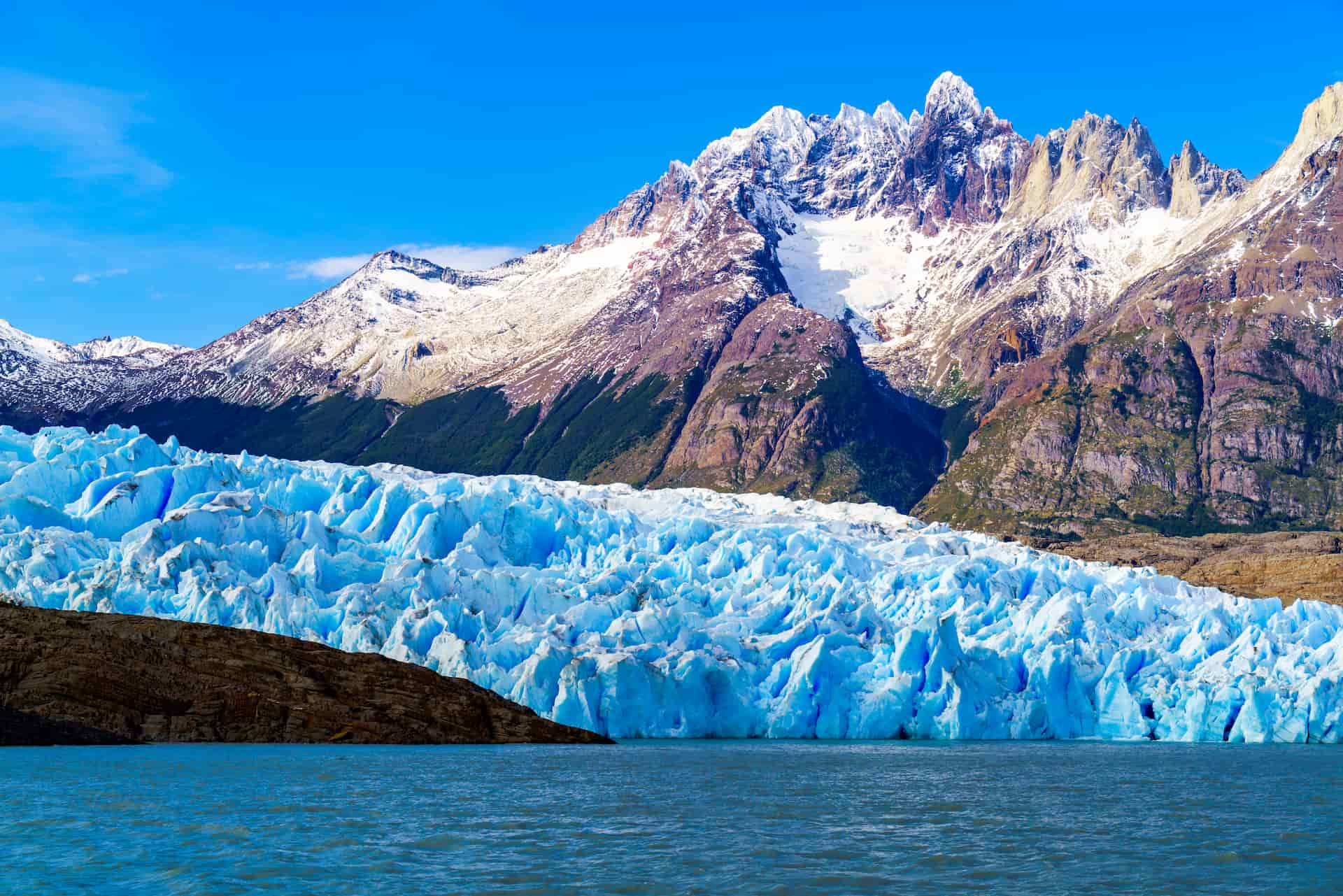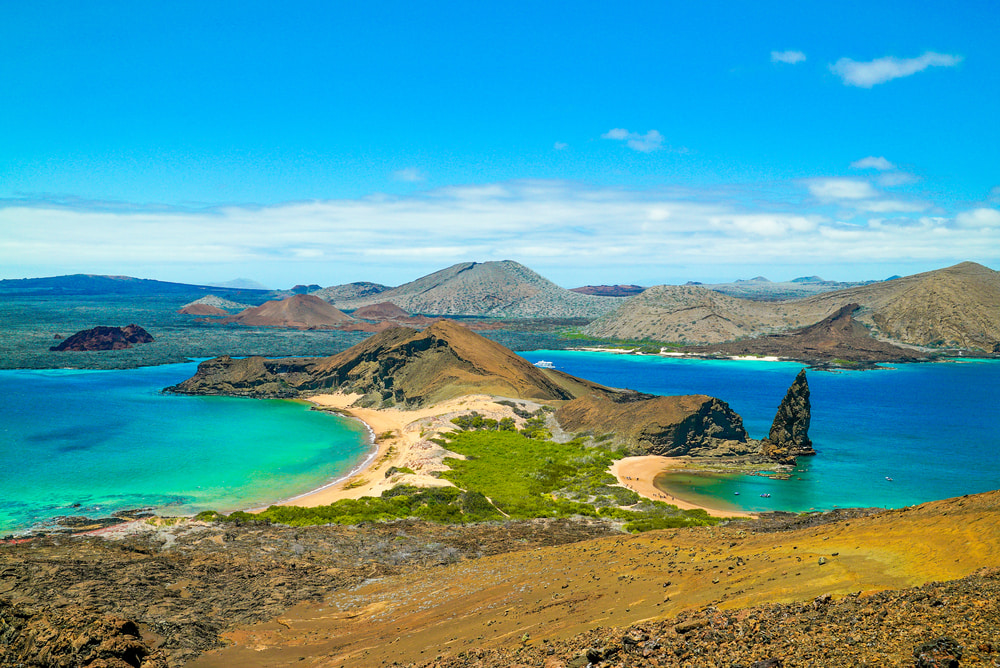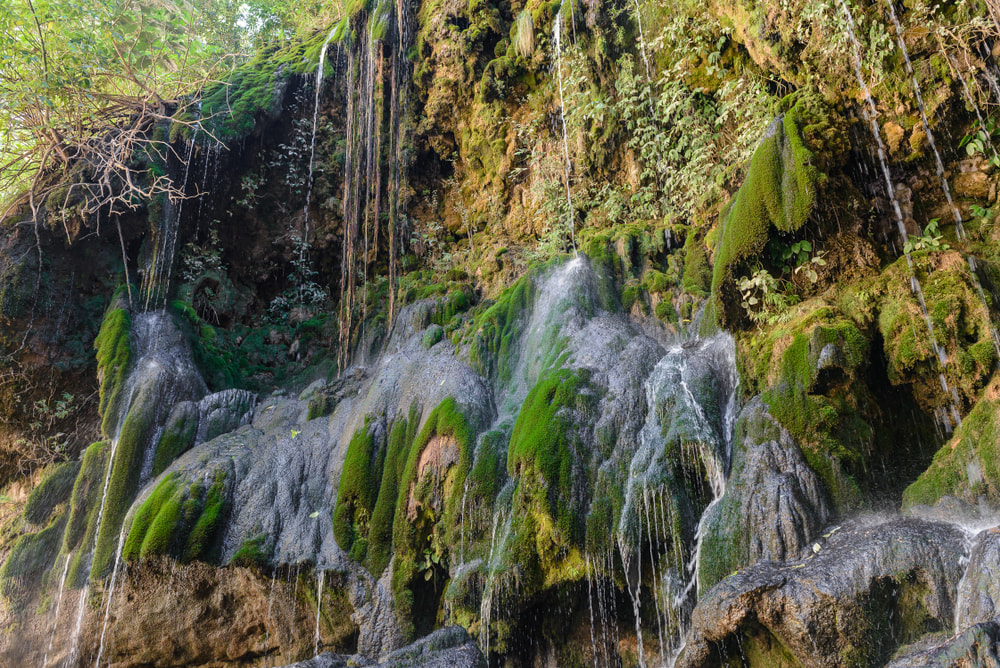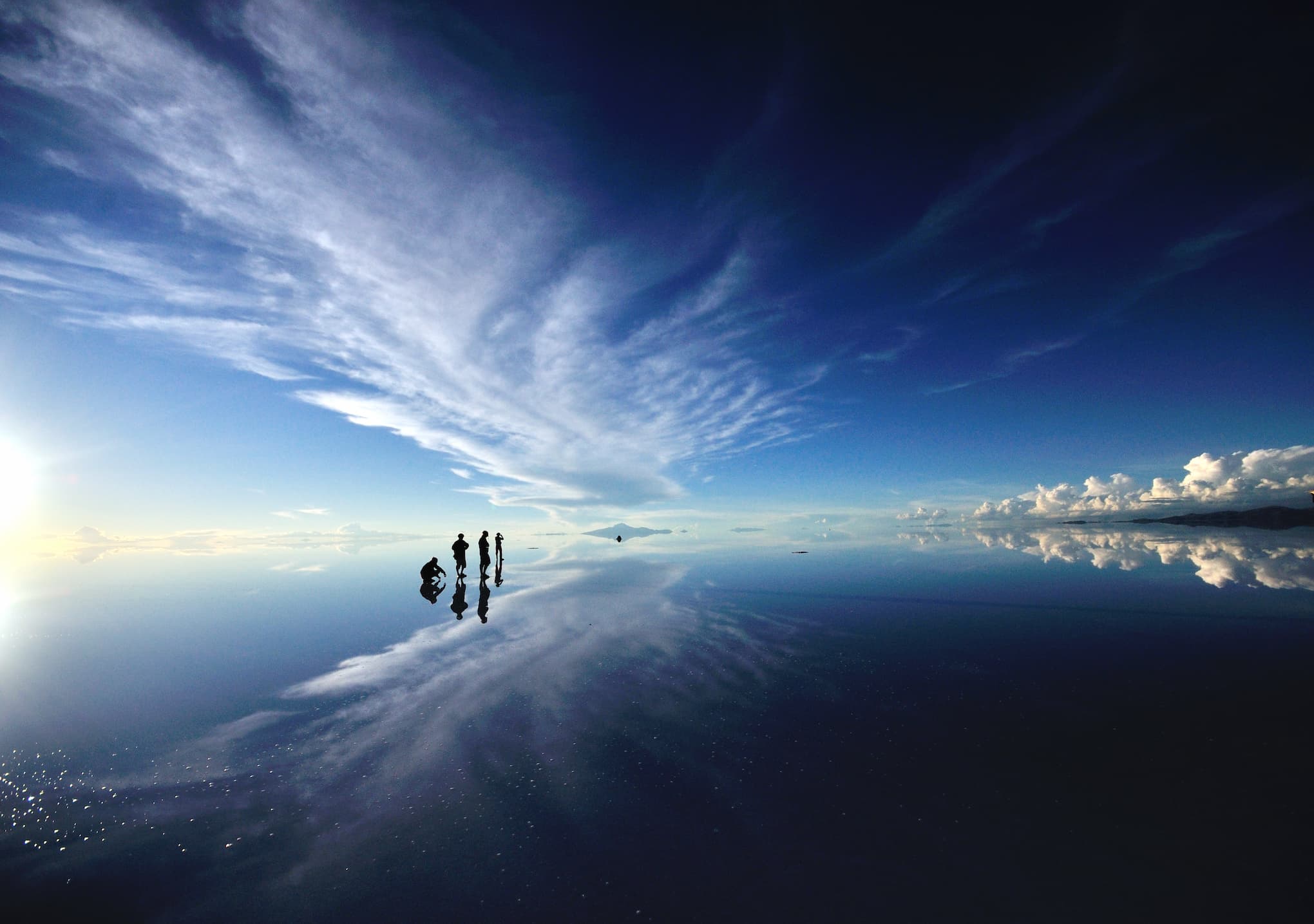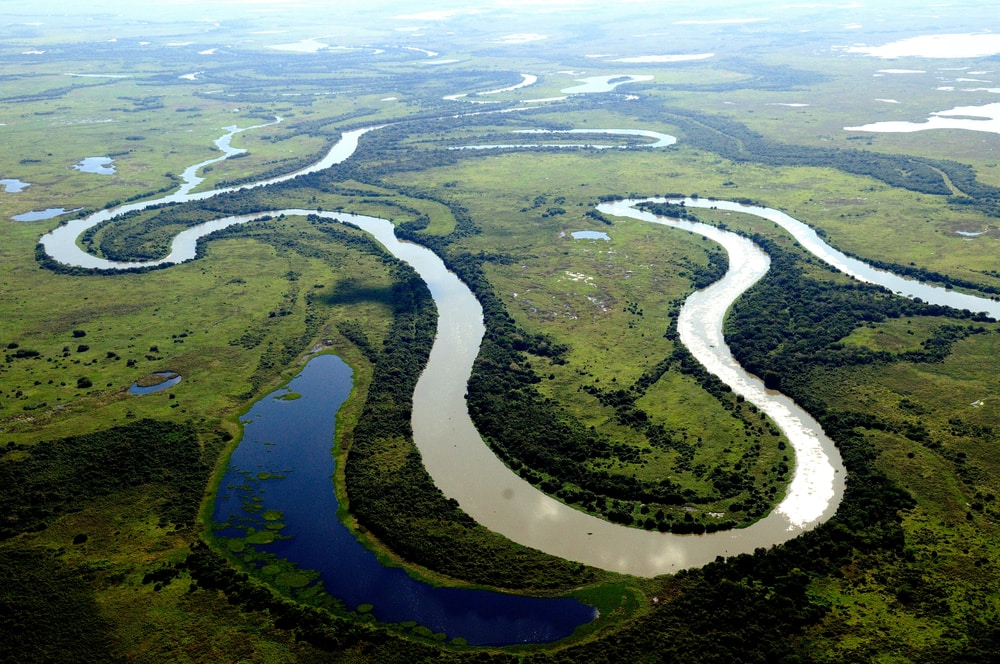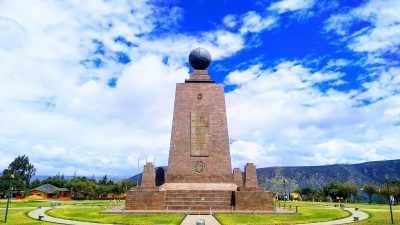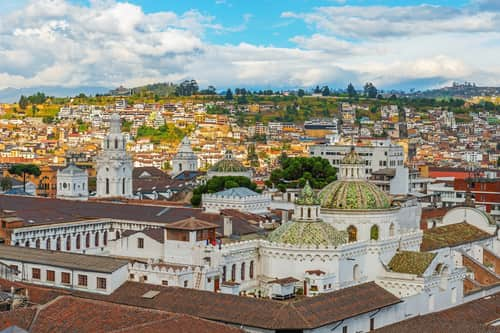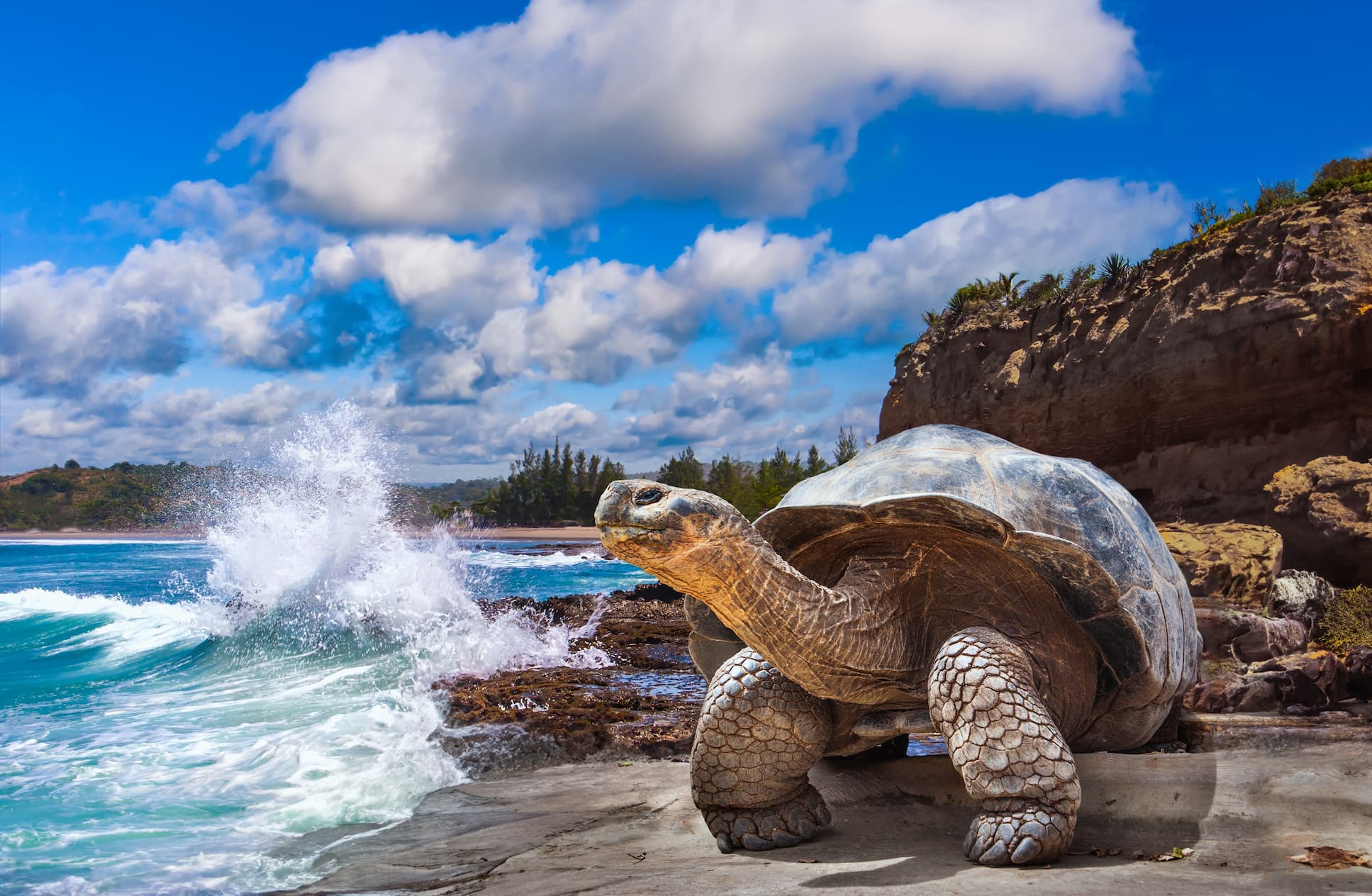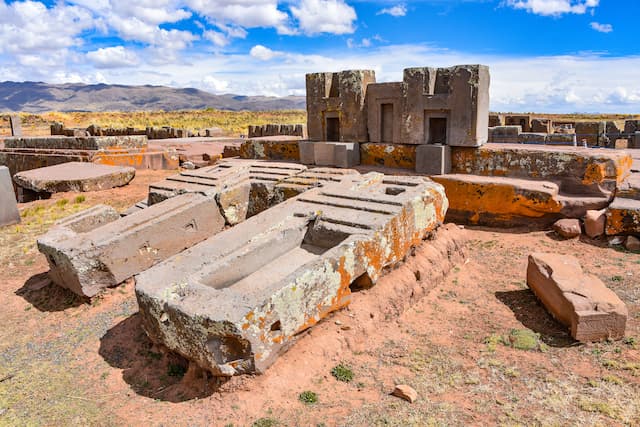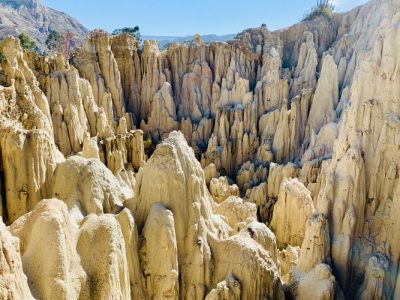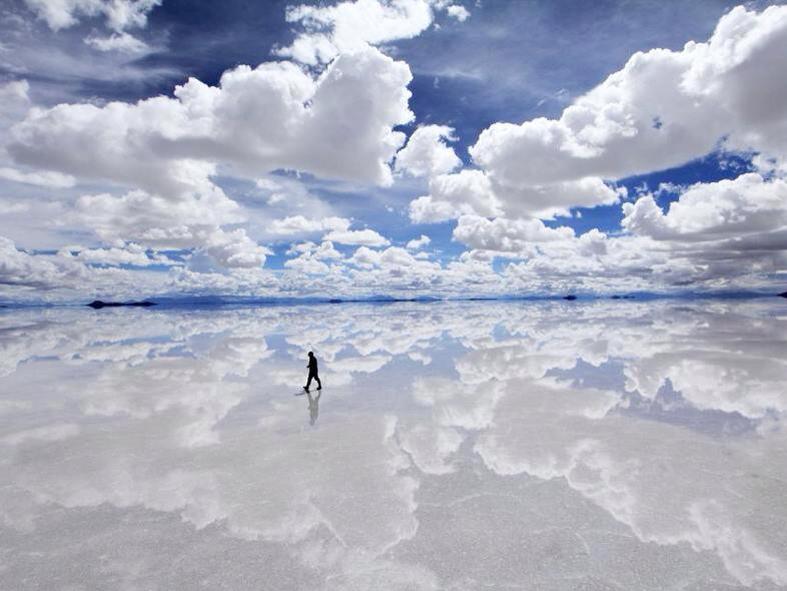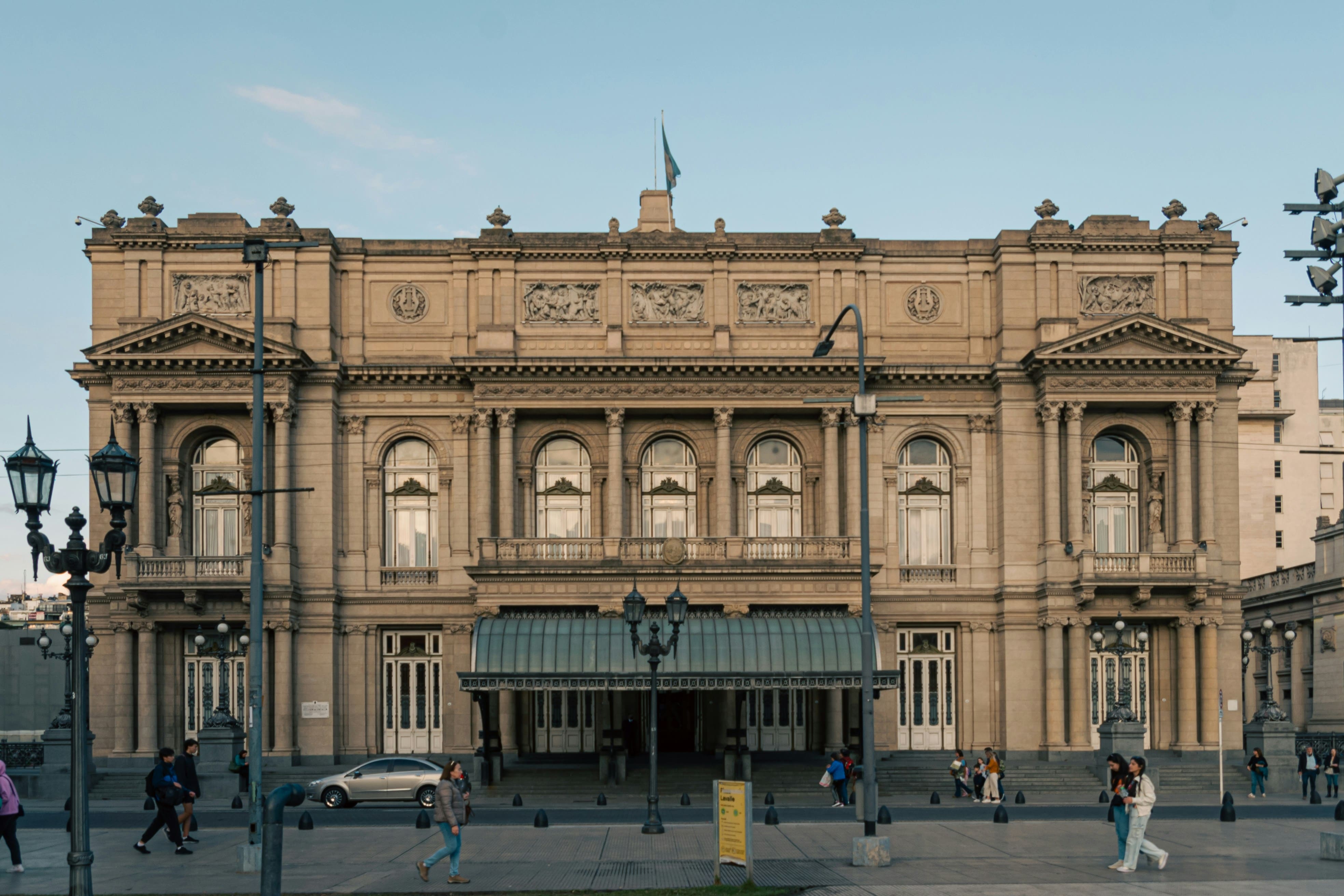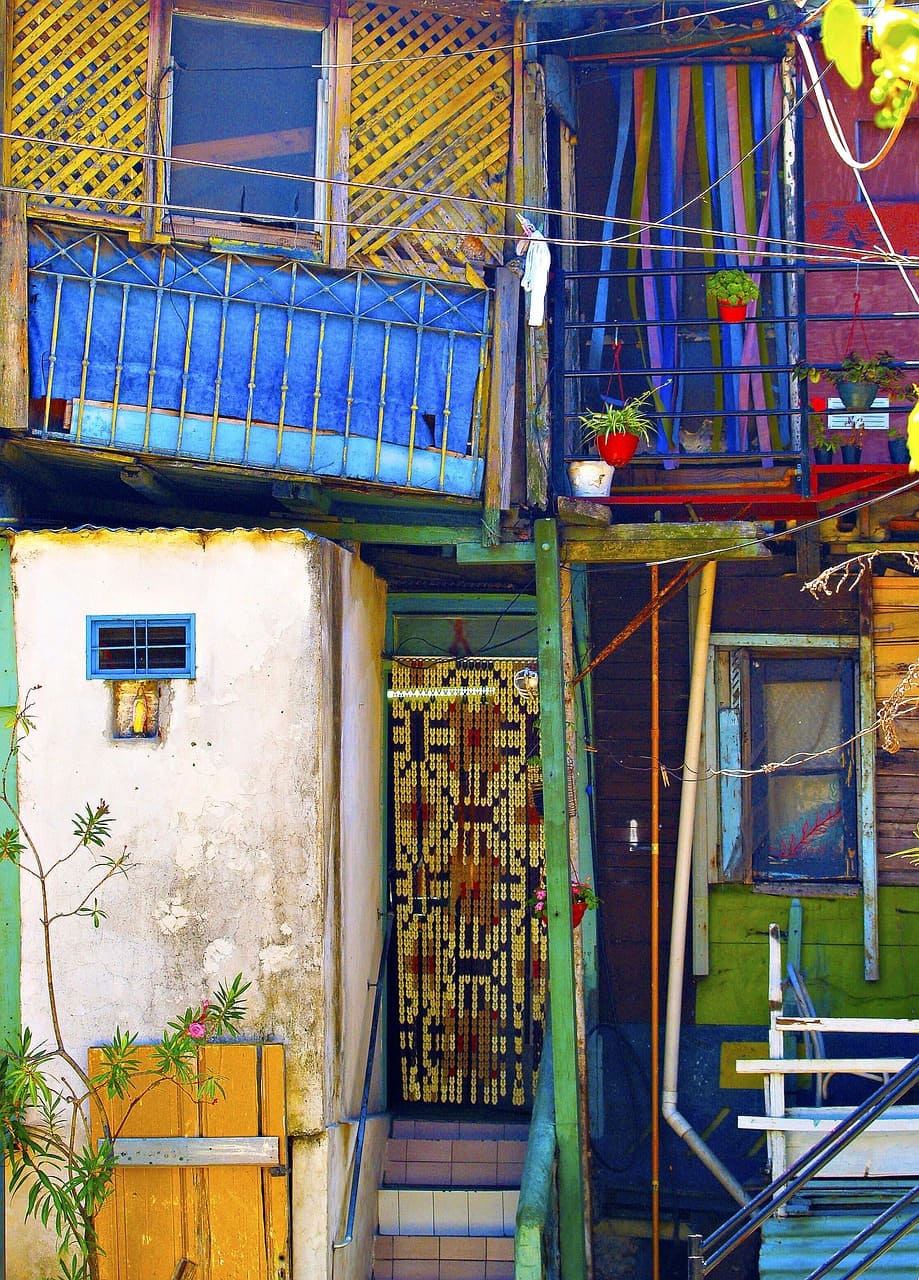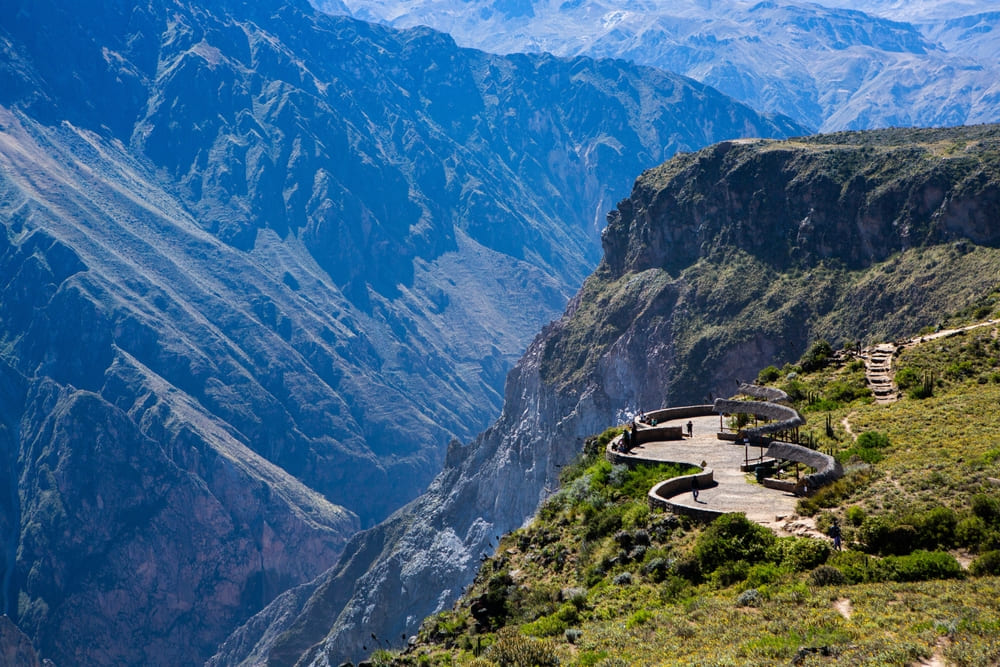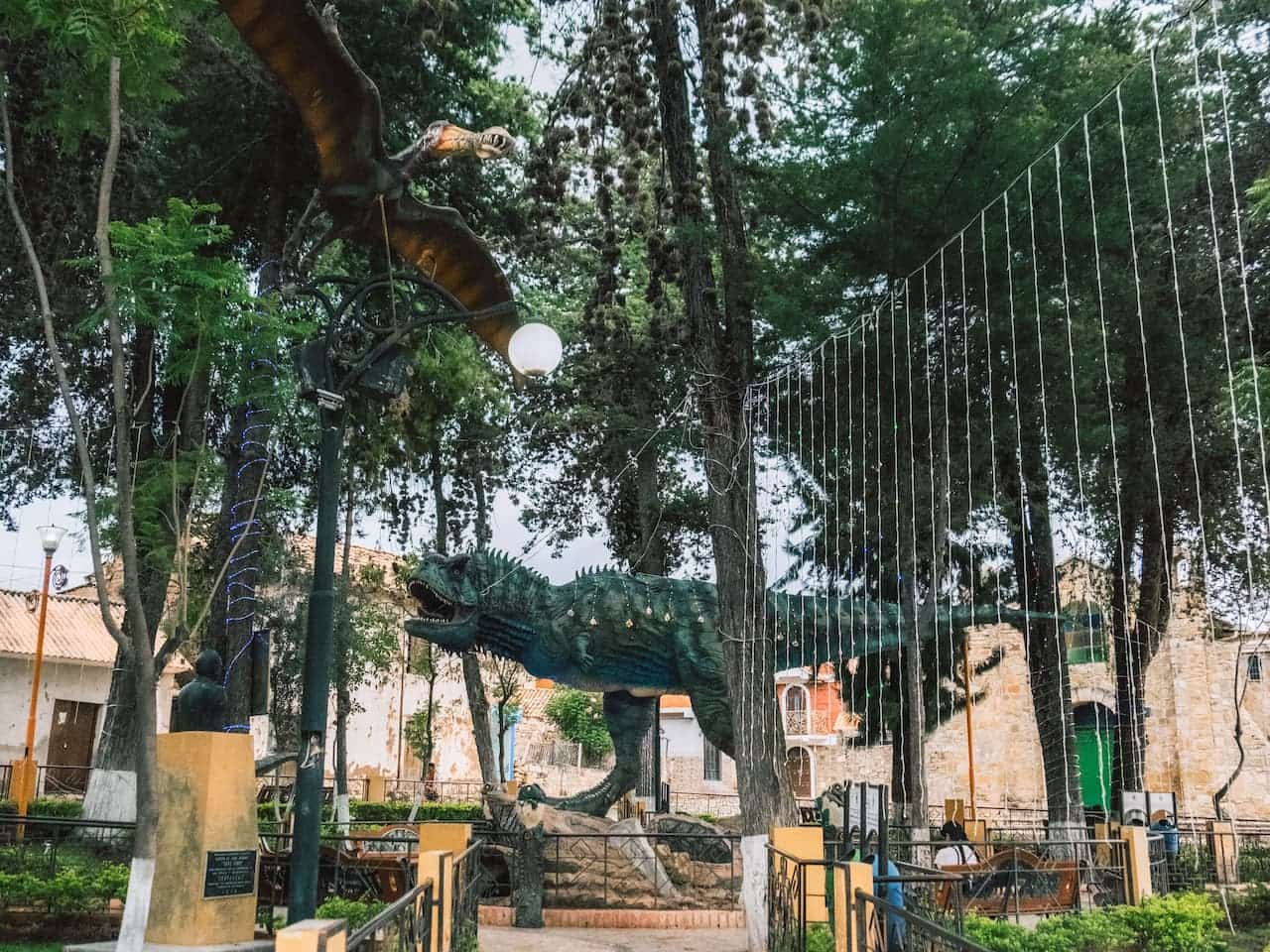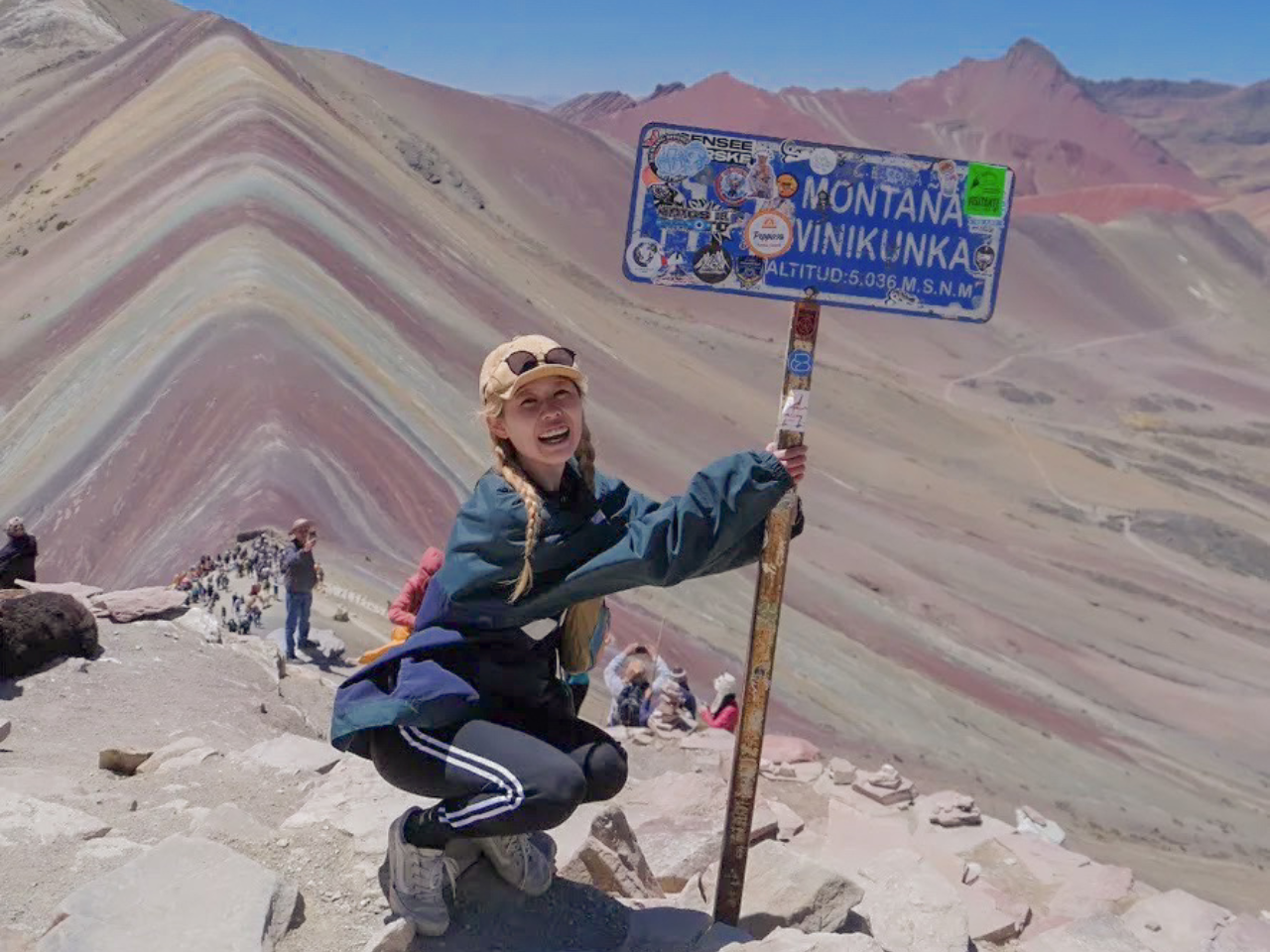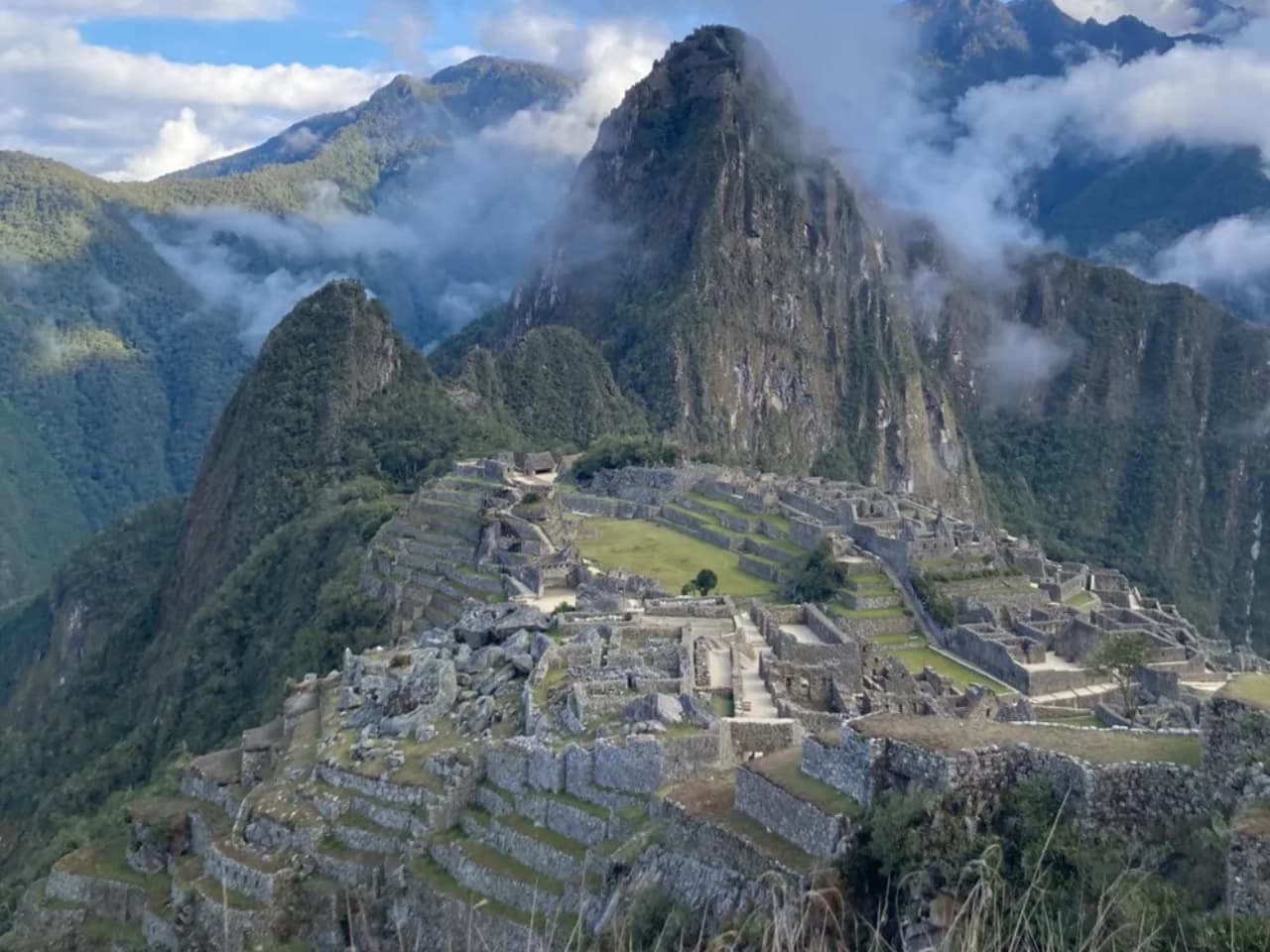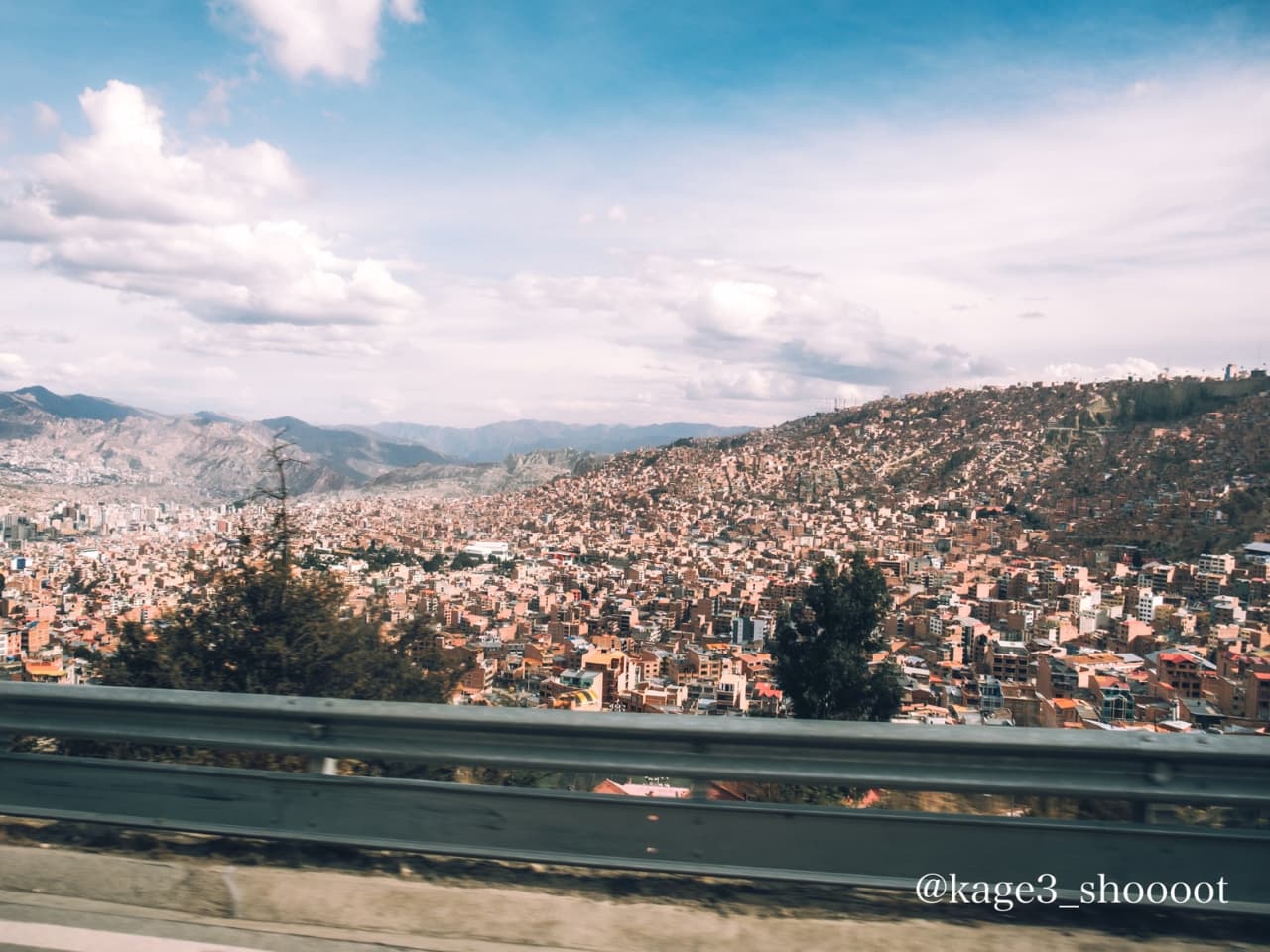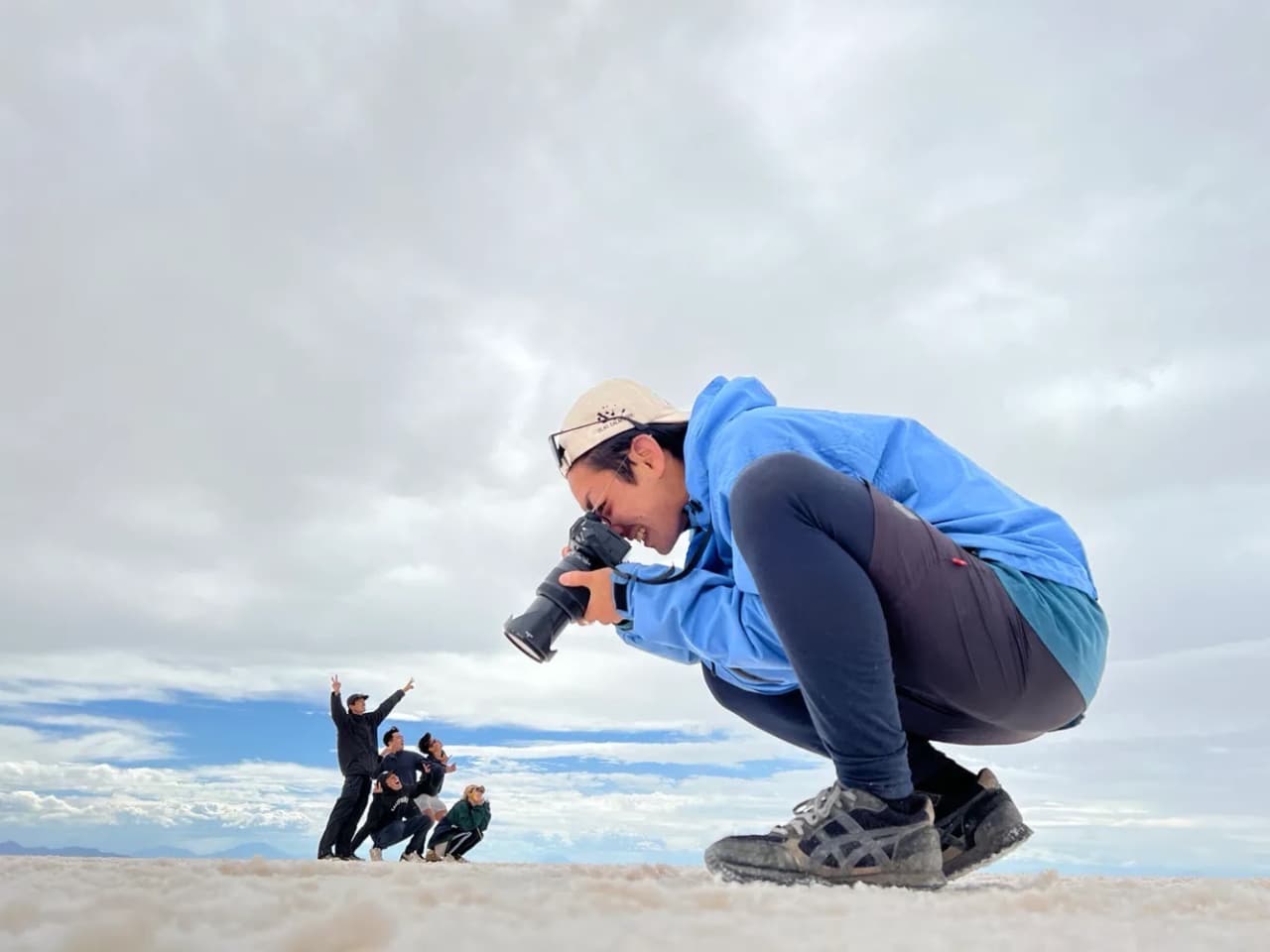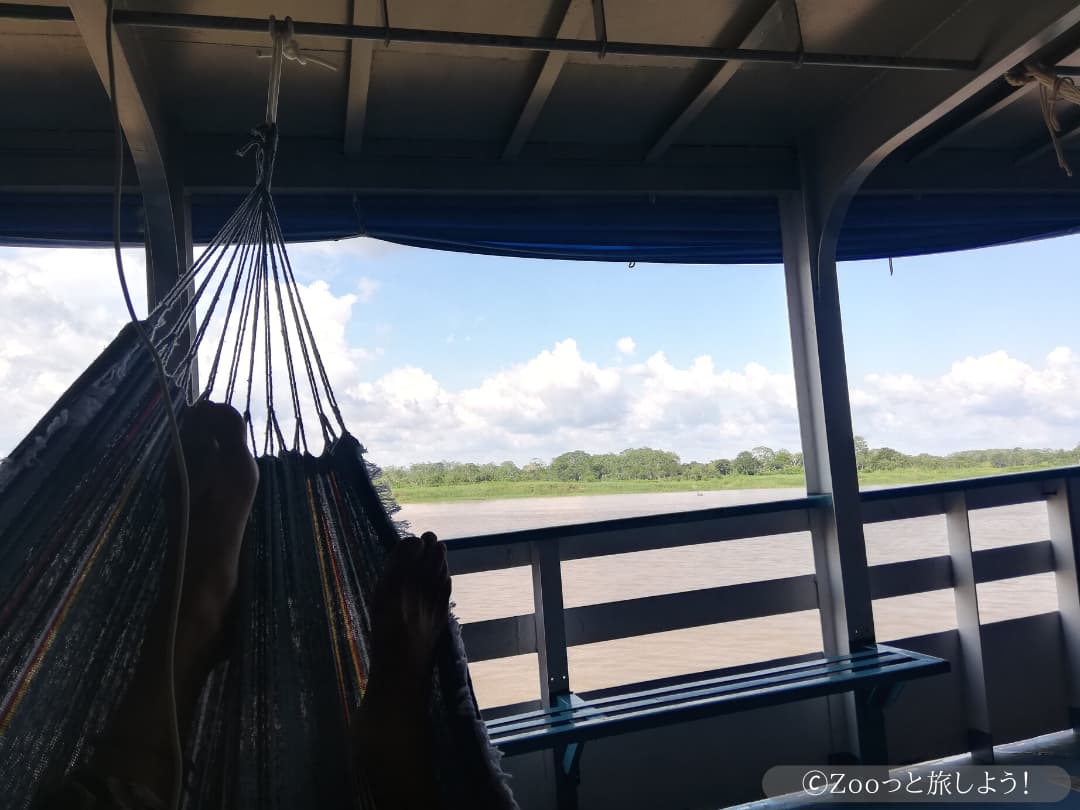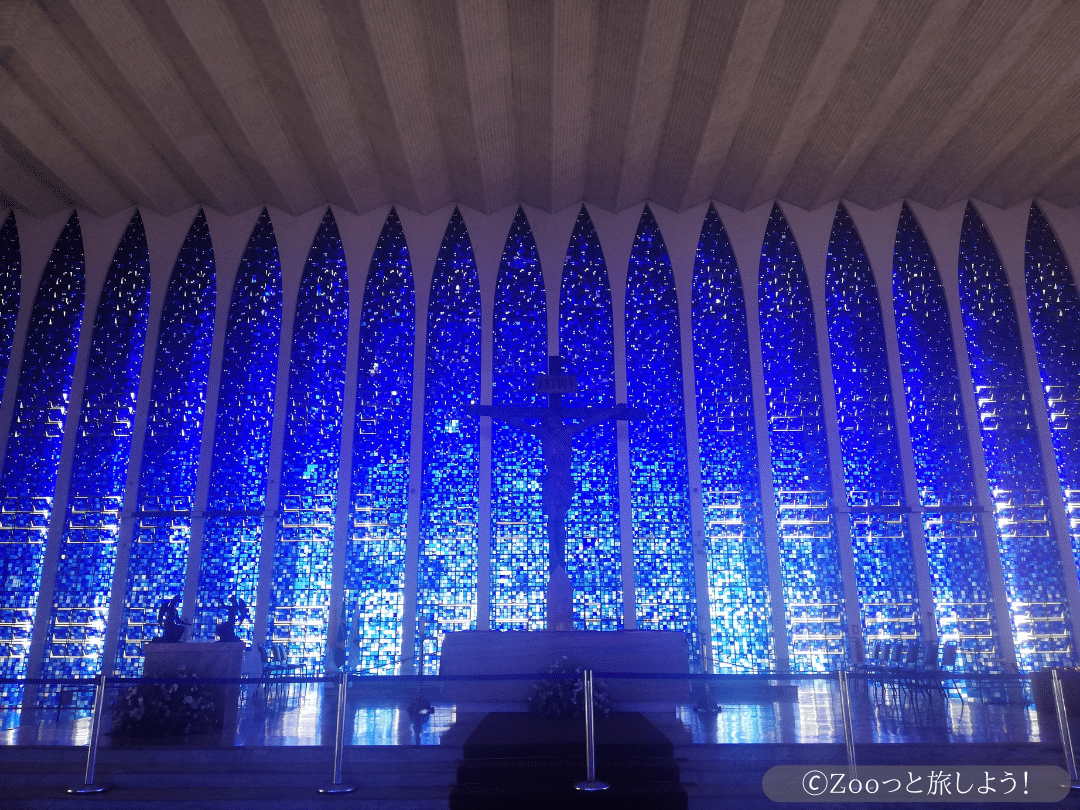Its perfectly conical shape, cloaked in pure white snow, is one of the most iconic sights in South America. Located about 50 km south of Quito, Ecuador’s capital, Cotopaxi Volcano (5,897 m) along with the surrounding Cotopaxi National Park—which preserves its environs—offers a unique place to experience the grandeur and mystery of nature. True to its name, which means 'Angry Head' in an indigenous language, it remains one of the world’s most active volcanoes while continually captivating travelers with its unparalleled beauty.
Breathtaking Scenery: Cotopaxi, the King Above the Clouds
The centerpiece of Cotopaxi National Park (approximately 33,400 hectares) is, without a doubt, Cotopaxi Volcano. Its perfect conical form and pristine white cap can be seen from more than 100 km away in Quito on a clear day, making it an iconic symbol for Ecuadorians.
Throughout the park, several viewpoints offer varied perspectives of this majestic volcano. In particular, the view from a small lake known as 'Laguna Limpio Pongo' is exceptional—the reflection of Cotopaxi in its waters captivates photography enthusiasts and creates a breathtaking sight. Bathed in the glow of sunrise or sunset, the mountain’s silhouette promises a view that will be remembered for a lifetime.
Summiting the Volcano: A Dream Destination for Adventurers
Although Cotopaxi is technically one of the more accessible high mountains, its altitude and glaciers make reaching the summit a genuine challenge. Starting from the refuge 'Jose Ribas' at 4,500 m, climbers depart at night and strive for the peak with the sunrise; this epitomizes the very essence of mountain adventure. The view from the summit not only provides an unmatched sense of achievement but also the unique privilege of surveying Ecuador’s vast landscapes.
With an experienced local guide and proper equipment, even travelers with limited climbing experience can take on the challenge. However, prior acclimatization and physical training are essential. Even if you don’t aim for the summit, trekking out to the refuge alone offers a sufficiently adventurous experience.
Encounters with Wildlife: The Páramo Ecosystem
The allure of Cotopaxi National Park extends far beyond its volcano. The entire park is covered by a high-altitude grassland known as the 'páramo,' which is home to a variety of unique flora and fauna. If you're lucky, you may even encounter wildlife such as the Andean fox, deer, spectacled bear (also known as the Andean bear), and condors.
Particularly unusual are the small hummingbirds that have adapted to high altitudes and the sight of wild rabbits covered in fluffy fur. Additionally, unique highland plants such as the giant succulent known as 'Frailion' and the golden 'Cuscoa' grass are highlights in their own right. A walk with a nature guide offers fascinating insights into this distinctive ecosystem.
A Treasure Trove of Activities: A Paradise for Adventure Sports
At Cotopaxi National Park, there are plenty of activities to enjoy besides mountaineering. Whether it's mountain biking, horseback riding, or trekking, you can choose an adventure that suits your physical stamina and spirit of exploration.
One of the most popular experiences is a horseback tour along the volcano's slopes—a luxurious program where you can ride while watching wild herds of horses gallop across the grasslands. Recently, downhill mountain biking starting from the volcano’s base has also attracted attention, offering a thrilling descent.
Practical Information for Your Visit: Access and the Best Season
Cotopaxi National Park is about a two-hour drive from Quito, and it’s common to get there by switching between public buses and local taxis or by joining a tour. There is an entrance fee (around $10) at the park’s gateway, but it is well worth it.
Within the park, there are lodge-style accommodations such as 'Tambopaxi' that allow you to spend a night under the starry sky. However, because of the high altitude, temperatures can plummet at night, so be sure to come prepared with proper warm clothing.
The best time to visit is during the dry season, from June to September. During this period, the chances of clear skies are high, increasing your likelihood of witnessing Cotopaxi in all its glory. While visits during the rainy season are also possible, mornings often break with sunshine, so an early start is recommended.
A Dialogue with Nature That Leaves an Indelible Mark on Your Soul
An experience at Cotopaxi National Park offers so much more than ordinary sightseeing. As you stand in awe of the majestic volcano and fill your lungs with the crisp, high-altitude air, you will feel both the grandeur of nature and your own smallness in comparison.
Confronting the giant of the Andes, Cotopaxi, and spending time at its base will provide you with an experience that liberates you from everyday life. If you visit Ecuador, there’s no reason not to explore this magnificent natural treasury. Why not set out to meet the silvery monarch shining in the Andes?

